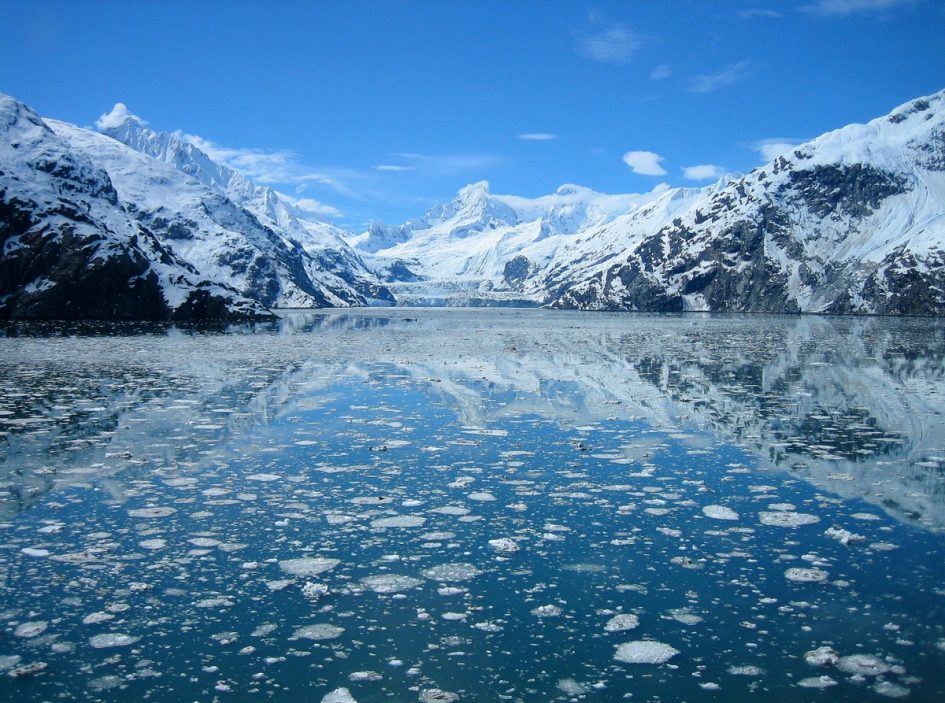From the beginning, National Parks have been crafted and worked into the picture-perfect landscape that we hold most dear in America. WE consider them our greatest invention. The invention of ‘Wild”. From the removal of Native Americans to the removal of wolves, those in charge of the National Parks grant permission for continued existence of the “right” species in specific location. Those that can stay, generally, are the species that are easily manageable and non-hostile to the park visitors. We have viciously crafted designated landscapes to reflect a very narrow view of sublime nature. This crafting has led to the commodification of nature, and the limited access to land.
Yellowstone National Park was the first of its kind, a designated space for land conservation and personal enjoyment. It was from the start a place where only the prestigious could find solace, as the train cost alone was billed at about 100 dollars, this didn’t include the cost of food or lodging while visiting. National Parks where a hot bed of exclusion and little access. The Nez Pearce people, who had inhabited the land for nearly 10,000 years, would regularly come upon the visitors at the park, later there would be a shooting which wounded two visitors. As you can see the problem of land stealing, equal access for all people, and this fictional idea of wilderness all became long lasting issues we are still are seeking solutions to. All three of those issues steam from the process of commodifying nature and land.
In later blogs, we will talk about the outdoor industry, Aramark food services, and improvement that could be made to the National Park system. The rest of this blog will be in delving into the rich history of Glacier Bay National Park as it will be a focus in this project.
Glacier Bay National Park was once home to Tlingit people. They inhabited the lower lands until about 300 years ago, the final glacier surge would have pushed them south and out of Glacier Bay. It is uncertain how long they inhabited the area although estimates and archeological finds source about 3,000 years, although some evidence show people living in South East Alaska for 9,000 years. In the 1700s as the glaciers surged forward they were forced to disperse, eventually finding home and shelter in Hoonah.
In 1879 when John Muir arrived he enlisted the help of Tlingit guides to show him glaciers, adventure, and spiritual enrichment. He came to Alaska to see glaciers in action, he knew glaciers could carve out land and wanted to prove his theory. His writings spurred people to visit and scientist to inquiry. In 1899, he joined the Harriman Alaska Expedition, this would be his last visit to Alaska.
After the Harriman Alaska Expedition, visitation to Glacier Bay stopped. In 1899, a massive earthquake shattered Muir Glacier, it was not approachable by boat for at least a decade. Glacier Bay, in that time became home for scientist, hardy adventurist, and continued to be a land for Native seal harvest, fishermen, and egg-gatherers. Dundas Bay was also the site of a corporate operation, the salmon cannery. It steadily exploited poor Native, White, and Chinese to can salmon and ship to the states for a large profit. Eventually, like most businesses, the depression would take it under.
In 1925 President Calvin Coolidge designated Glacier Bay as a national monument. This spurned a large amount of controversy. As the newly minted monument came into full function this essentially cut out forms of commercial or extractive activities, including Native harvesting as well. Eventually mining would be allowed, but the passage of Mining in the Parks Act of 1976 nullified this. There is still a significant claim for a nickel-copper deposit beneath the Brady Glacier, it is in private hands and may be developed one day.
In 1939, Glacier Bay expanded and doubled its size, the push by the Park service was to preserve the wildlife habitat, becoming the largest National Park. It has since lost that title but is still larger than any Park outside of Alaska. Commercial fishing could continue, although Native seal hunting was terminated in 1974.
With the onset of World War II Alaska and Glacier Bay found itself in the middle of a war. Gustavus, a small town in Glacier Bay, constructed an airfield and associated facilities. Excursion Inlet became a supply terminal, with more than 600 acres including 800 buildings and three large docks. Two years after completion, in 1945 it was dismantled but some of the material was used to re-build the village of Hoonah. The airfield proved to be the biggest win for Glacier Bay, as now they could shuttle in visitors via aircraft and build an accessible lodge. The lodge would be built in Bartlett cove, but the airfield would be removed in 1955 after appeals by locals. The locals would eventually receive 14,000 acres of land.
Decades before the ANILCA, there was talk of elevating Glacier Bay to a National Park. But it took the Alaska National Interest Lands Conservation Act to achieve that victory. Today Glacier Bay National Park continues to find a balance between three core ideas: preserving this irreplaceable treasure, defining and accommodating legitimate local uses, and providing for the needs of the visiting public. The most significant gain in recent years has been the allowance of traditional gull harvest by Huna Tlingit, and mending old wounds by colonization of land.

Leave a Reply